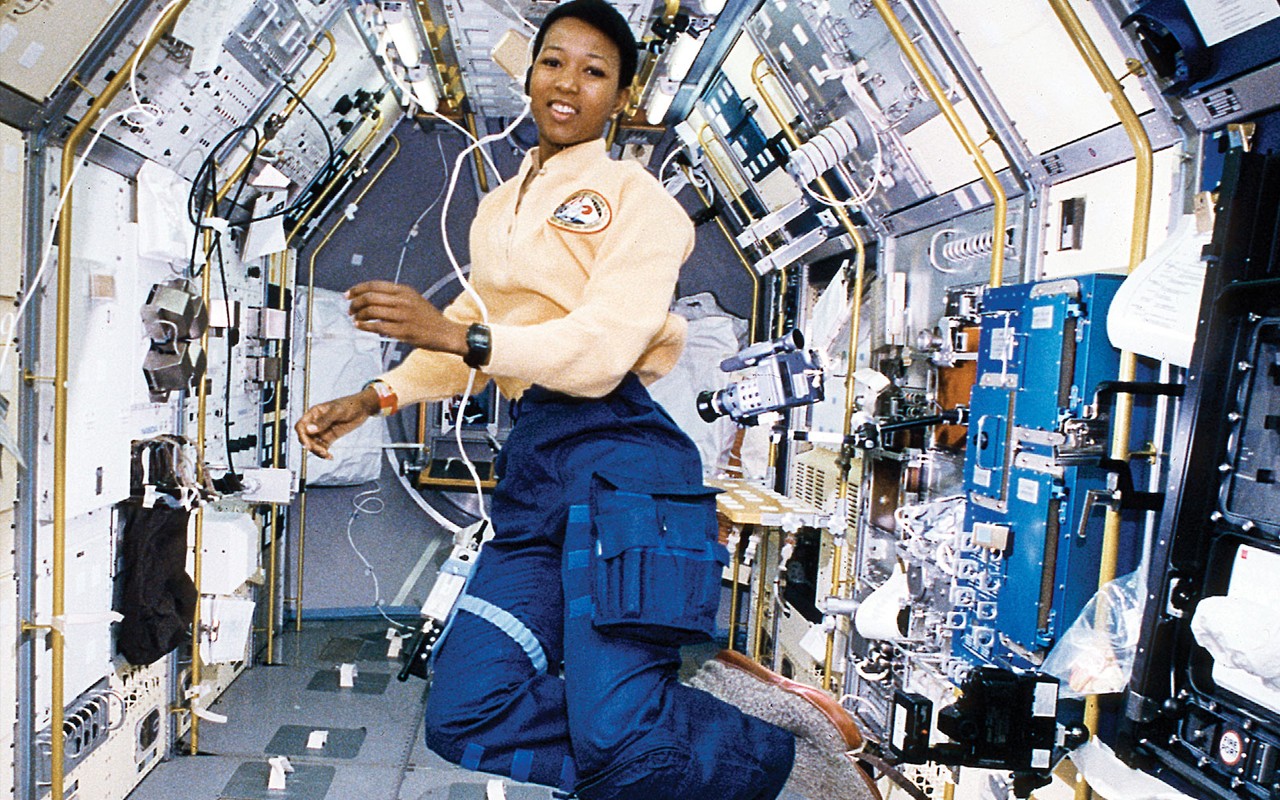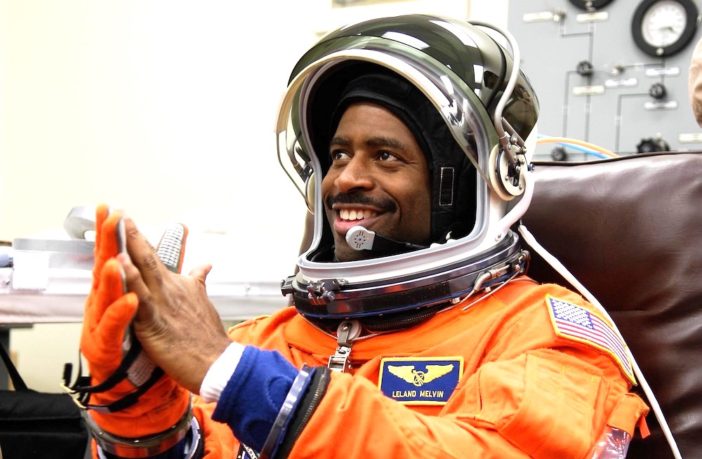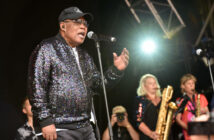Throughout history, Black astronauts have played a pivotal role in shaping the landscape of space exploration. They defied racial barriers and systemic discrimination to reach for the stars. National Geographic’s The Space Race, directed by Lisa Cortés and Diego Hurtado de Mendoza, profiles these pioneering Black pilots, scientists and engineers who joined NASA to serve their country in space, showcasing their determination and resilience and celebrating the impact they made on humanity’s search beyond Earth.
Former NASA astronaut Leland Melvin, who appears in the documentary, spent 24 years with NASA. He served as a mission specialist on the space shuttle Atlantis in 2008 and 2009, helping to construct the International Space Station. A strong advocate of people of color entering STEM careers, in 2017, Melvin released his memoir, Chasing Space: An Astronaut’s Story of Grit, Grace, and Second Chances. It chronicles his personal journey from the gridiron to the stars to intersecting roles of community, perseverance and grace that align to create opportunities for success.
Here, he shares with EBONY three more astronauts to celebrate at the end of Black History Month.
Ed Dwight Jr.
Air Force Captain Ed Dwight’s official portrait. Image: Public Domain/Disney.
Ed Dwight Jr. was the first African American to be trained as an astronaut. He joined the United States Air Force in 1953, pursuing his dream of flying jet aircraft. The Kennedy administration chose Captain Dwight as the first Negro astronaut trainee in 1962. Catapulted to instant fame, he was featured on the cover of EBONY and Jet, as well as in news magazines around the world. Facing severe discrimination from other astronauts, Dwight resigned in 1966 (after Kennedy’s death), never having gone into space. In the mid-1970s, he turned to art and studied at the University of Denver. He has sculpted great works of celebratory African American art, including international monuments to the Underground Railroad, a Dr. Martin Luther King memorial, a bust of George Washington Williams and many more, some of which are on permanent display at the Smithsonian Institute.
Dr. Mae Jemsion
 Dr. Mae Jemsion. Image: Space Frontiers/Getty Images.
Dr. Mae Jemsion. Image: Space Frontiers/Getty Images.
Dr. Mae Jemison shattered barriers as the first Black woman to explore space. After earning dual degrees in chemical engineering and African/African American studies, she became a medical doctor and did a stint with the Peace Corps in Africa. Joining NASA in 1987, she made history on the Space Shuttle Endeavour in 1992, inspiring young girls and women of color to pursue their dreams, particularly in scientific and technological disciplines. Since leaving NASA, Dr. Jemison has been an educator and founded The Jemison Group, a consulting firm focused on technology and social change. She continues encouraging more women and people of color to pursue STEM-related fields.
Victor J. Glover, Jr.
Victor J. Glover, Jr. was selected as an astronaut in 2013 while serving as a Legislative Fellow in the United States Senate. He most recently served as pilot of Resilience, the Crew-1 Dragon spacecraft, which flew to the International Space Station. There, he also served as a flight engineer. In 2023, Glover was assigned as Artemis II Pilot. He will be one of four astronauts on the first mission to the moon in more than 50 years on NASA’s path to establishing a long-term presence for science and exploration.
The Space Race is now streaming on Hulu and Disney+.



